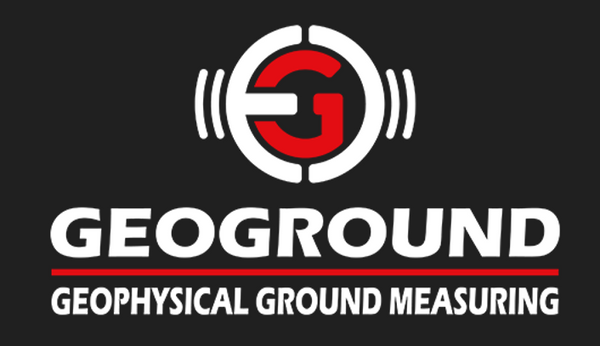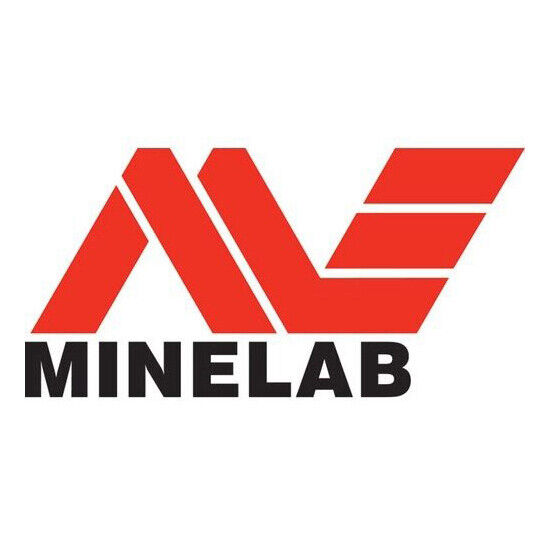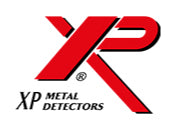Why my detector does not work with the pieces I have buried?
The proof of fresh burial of #coins has led many detector owners to conclude that their new machine is not "good". That's because this test is nothing more than a worsened version of the air test.
Bury a #coin six inches deep and ten minutes later, you'll see if your machine can detect it. Maybe you don't get any signal. It may even start to get discouraged, believing that your new purchase is useless.
The theory of "#haloeffect" It argues that buried metal objects have a "halo" of ionization that increases their apparent size to a metal detector search coil. This makes the objects detectable at a greater depth. In other words, according to this theory, metal objects buried for a long time have something that cannot be duplicated with a newly created test garden.
In soil, ions are moved from the surface of a coin by soil acids and dissolved salts. Rain collects atmospheric NO2 and especially SO2, as well as tannic acid (etc.) leached from pine needles, oak leaves, and other surface materials. There is also decomposing pyrite in many soils; this produces H2SO3, H2S, etc. Pyrite is one of the most common minerals; it can be present in all rocky environments from igneous to sedimentary.
Anyway, so you buried a 6-inch-deep coin yesterday, maybe you can not detect it. If you go back in a year, or maybe five years, this could change. It will not change in a few days (or weeks), unless the object is made of something reactive like #magnesium or #zinc. #coin #magnesio or #zinc.
With a slow reaction metal like #silverYou should really come back in thirty or forty years to notice a difference. Or, if you want to do a useful experiment, you could come back every week and see how long it takes for your favorite detector to get a weak signal on the coin. Perhaps someone could speed up the process by burying silver coins with egg yolks, and copper coins with vinegar.
The jewels of #gold and #coins they are not pure gold unless they are made of 24kt gold. In the US America, most gold jewelry is just 14kt. It is rare to go as high as 18kt, but even that is not pure. Therefore, the articles of #gold they're made of gold alloys. The #gold American currency was 90% gold, 10% copper. Once again: alloys, no #gold pure.
In fact, there are some alloys that are famously good corrosion-resistant. In practical terms, these alloys resist the leaching of their component metals. Two of the best-known alloys of this type are stainless steel and phosphorescent bronze. Even these can abandon the ions under the right conditions.
The halo effect is real, not just on iron. It may occur by (A.) classical chemical mechanisms, (B.) biological-biochemical mechanisms, or (C.) both.
Once a halo has formed, it is expected to work in one or more of the following ways:
-
By increasing the size of the conductive area centered in the metallic object. Only a small amount of moisture is expected to be needed for this, but more has a larger effect. When the whole terrain becomes conductive (like on a wet salt beach), observe how a #detectorVLF typical.
-
Generating an electric field due to a potential difference. This does not require moving current. Regions of potential difference (i.e. voltage) are expected wherever a metal and its alteration products exist together in the soil. Interactions can be complex due to soil chemistry (e.g. groups loaded on organic molecules in the soil). The important thing is that a potential difference gives rise to a DC electric field. The required amount of soil moisture is probably low.
The greater the range of an electric field, the more it will interact with the coil of a metal detector.
- Generating a magnetic field due to load movement. There has to be some moisture for the ions to move, but not really much; consider a battery called a "dry cell. More water helps, of course, like after a couple of rainy days.
A detector works by inducing a current in a metallic object. This induced current causes the object to emit its own magnetic field. This in turn causes a retro-induction in the search coil. If he is target already emitting a field of his own, this will make it easier to detect. I found plastic pipes buried with a metal detector, but they always had water moving through them. Mobile ions = magnetic field.
#detectorpower #gold #silver #haloeffect #hablamosespañol #soylatino





































Leave a comment